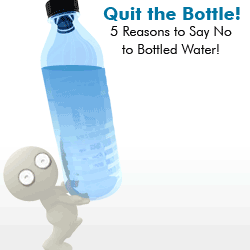
The Hazards Associated with The Use of Chlorinate Lime
If you are not familiar with this name, it is a chemical substance greatly used in public health and the environment hygiene area. It is used to disinfect drinking water, pool water, and wastewater; to sanitize equipment and soil contaminated areas; as a whitening and bleaching agent in the textiles, leather, pulp, and paper industries; and more recently as a strong oxidizing agent to neutralize certain hazardous products.
You may think of chlorinated lime as just basically your ordinary lime sometimes used for stabilization and PH control for drinking water systems across the US. And you would not be altogether wrong. Chlorinated lime is a chemical that was first made by passing chlorine gas over slaked lime [Ca(OH2)] to form a chemical with the formula CaOCl2. It is used for bleaching and is commonly referred to as bleaching powder. Although the chemical is sometimes referred to as chloride of lime, this is not accurate because the chemical is actually a crystalline mixture of calcium hypochlorite [Ca(OCl)2] with alkaline calcium chloride [Ca(Cl)2:Ca(OH)2:H2O]. The mixture contains 30-35% active chlorine. Chlorinated lime is sometimes confused with calcium hydrochloride that is marketed under the trade name of HTH (high-test hypochlorite).

What are the hazards associated with chlorinated lime? Chlorinated lime is a stable substance and is considered safer to handle than liquid chlorine and it has a much lower risk for atmospheric pollution than chlorine. The chemical, however, will react with acid, even weak carbonic acid from the air to liberate chlorine. Being a strong oxidizing agent, it reacts violently with highly reduced compounds like oil and grease. Because the chemical is hygroscopic and dissolves readily in water, the dry powder can burn skin and should be stored where moisture cannot get to it.
For most applications chlorinated lime is used in the form of a solution with strictly defined concentrations characteristic for each application. It should not be used in powder form in un-vented areas where the release of chlorine gas could be a hazard. A safer product to use strictly for generating high pH solutions as a method of disinfection is hydrated or slaked lime, not chlorinated lime.
Read Next: Swimming and Chlorine: How to protect your skin, hair, and health

